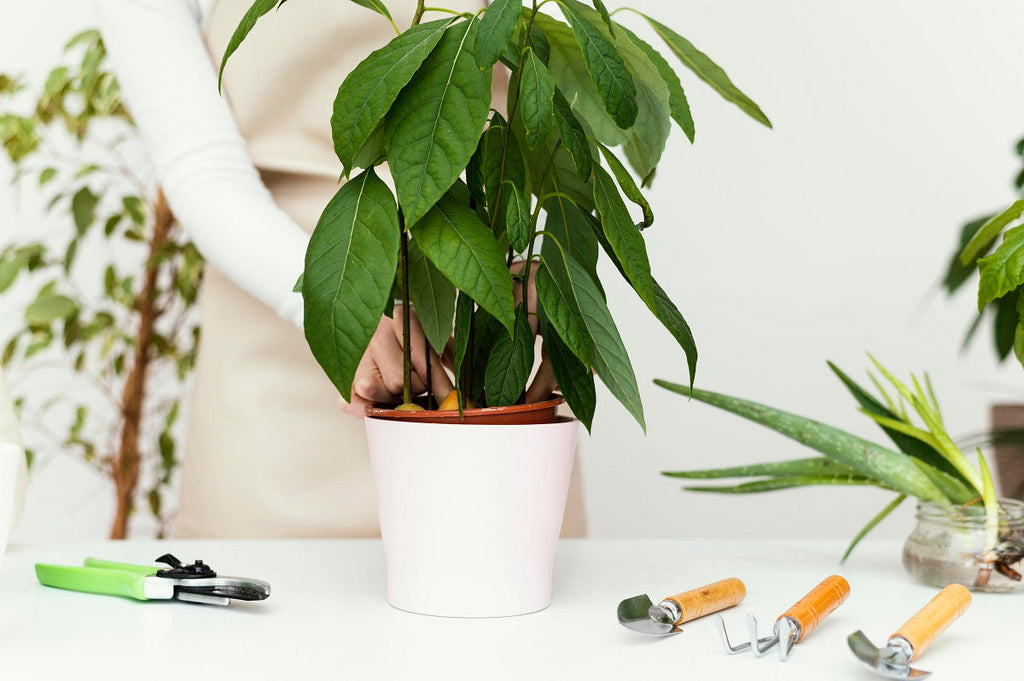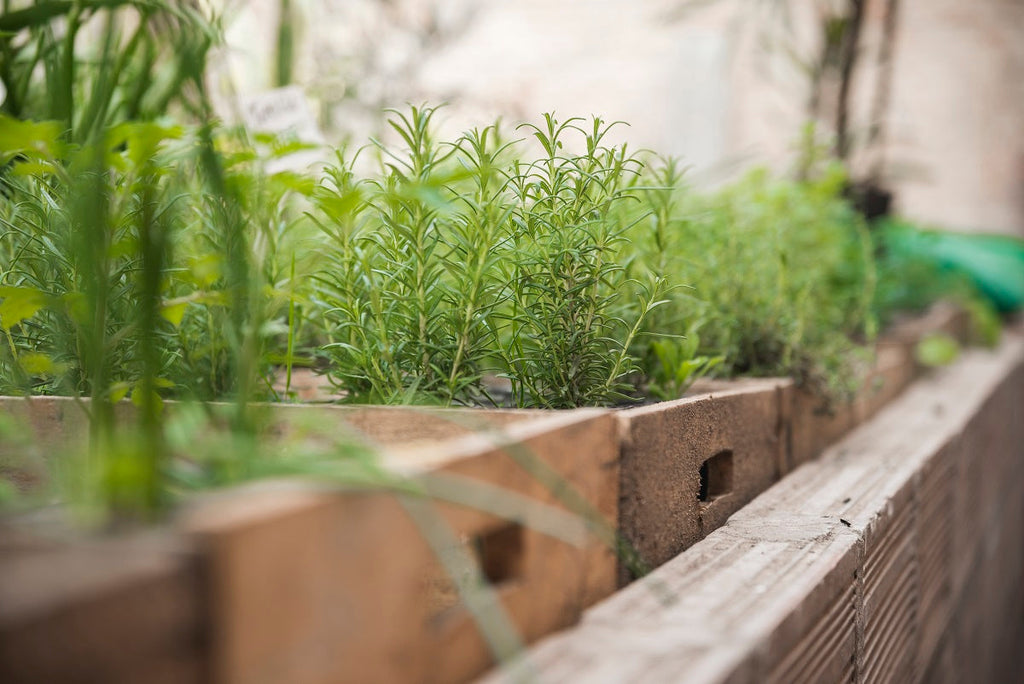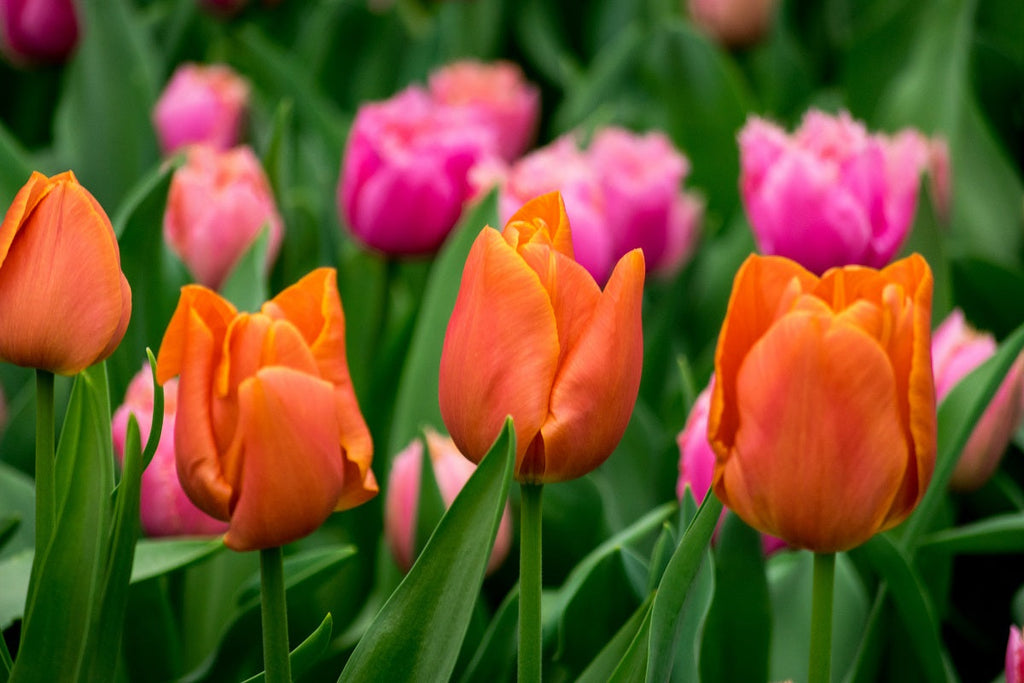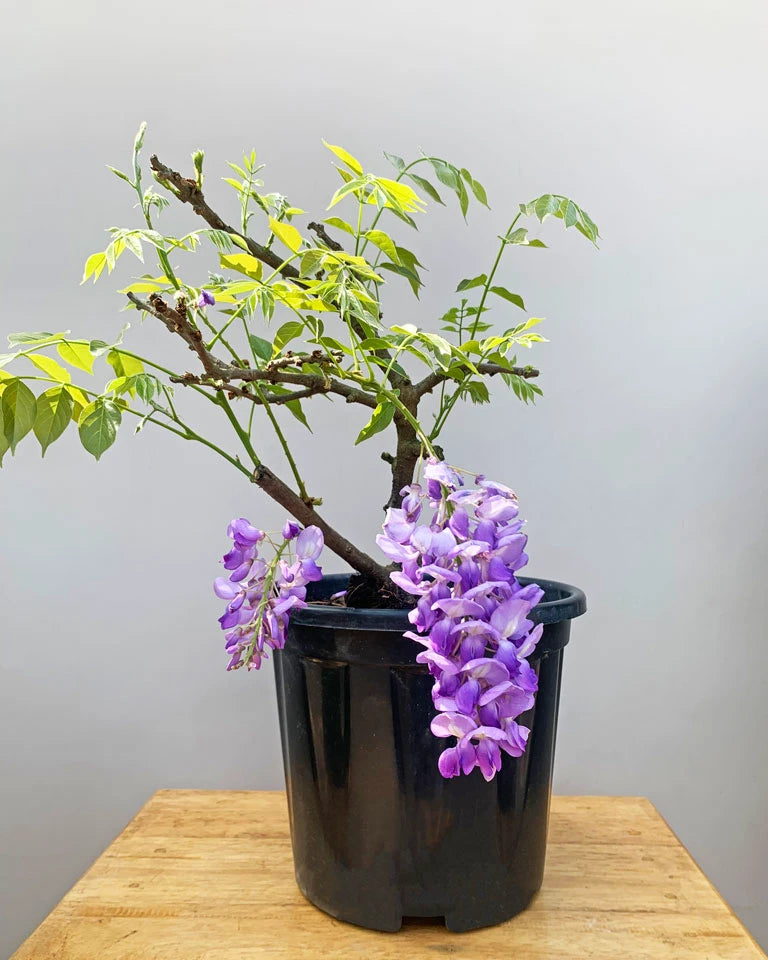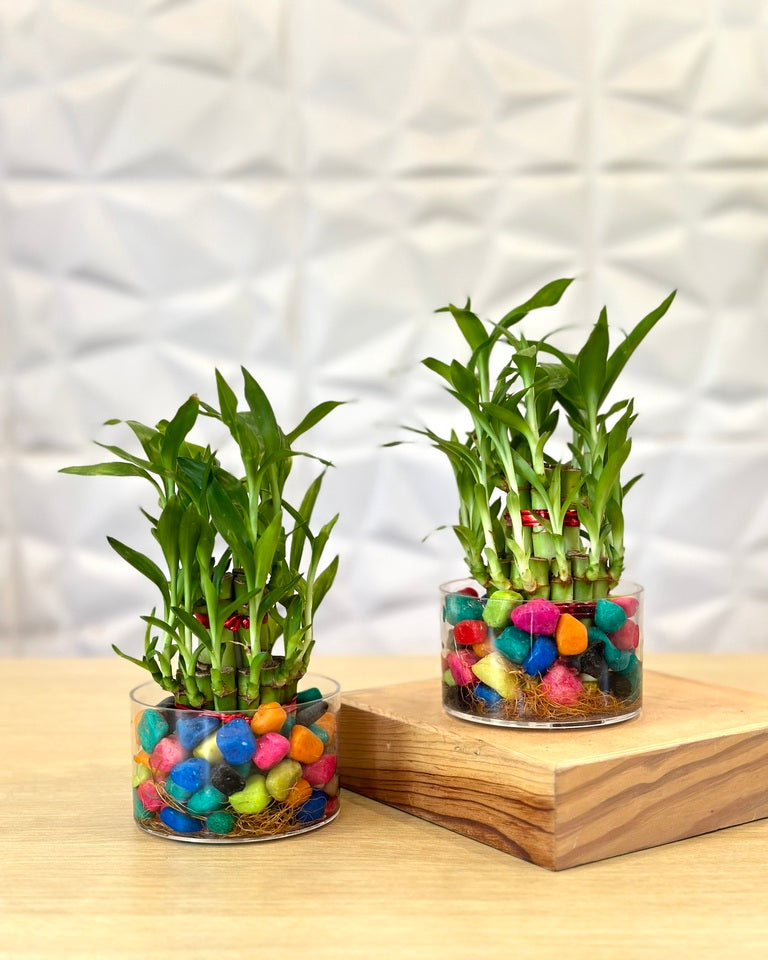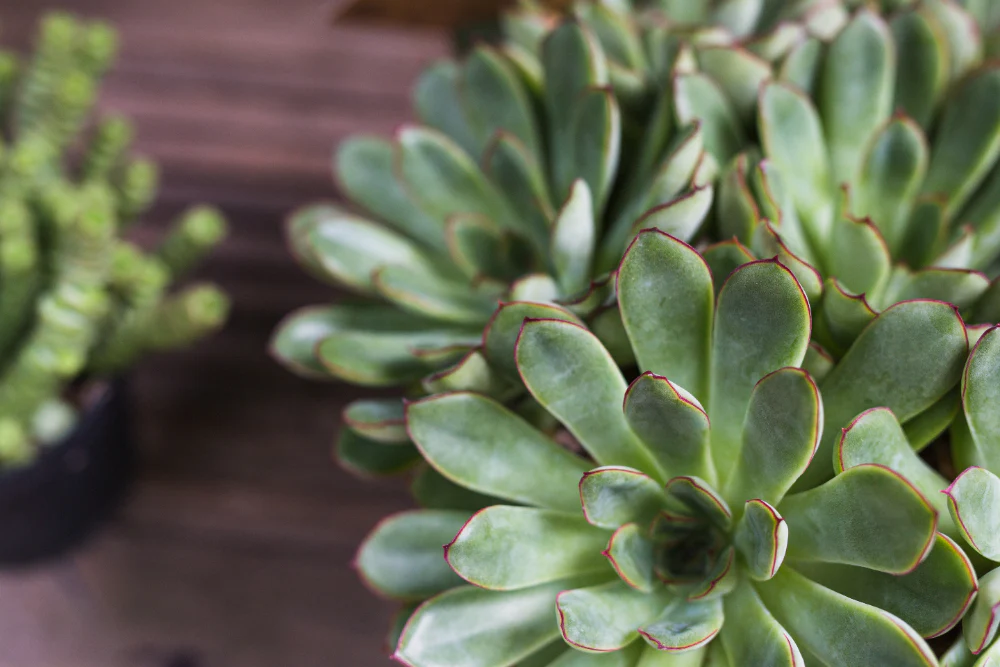
How to Care for Succulents All Year Round

Succulents are one of the easiest plants to care for, but did you know that winter is actually the best time for these hardy plants? While they may struggle during the scorching summer or the damp rainy season, winter provides a more stable environment for them to thrive. However, proper care for succulents is still necessary to ensure they stay healthy and beautiful throughout the colder months.

Why Winter Is Better for Succulents
Unlike the challenges of summer’s intense heat or rainy season’s excessive moisture, winter offers a break for succulents. Here’s why:
- Cooler Temperatures: Succulents prefer cooler conditions over sweltering heat, which can cause sunburn and dehydration.
- Stable Watering Needs: Unlike in the rainy season, where excessive humidity can lead to root rot, winter allows better control of their water intake.
- Lower Pest Activity: Pests like mealybugs and aphids are less active during winter compared to the humid rainy season.
Despite these advantages, succulents still require attention to ensure they adapt well to the season’s specific conditions.
1. Adjust Watering Habits
Watering is crucial in all seasons, but succulents are especially vulnerable to overwatering in winter.
- Water Sparingly: Unlike rainy seasons, where soil remains damp for too long, winter allows better control. Water your succulents only when the soil is completely dry, roughly every 3-4 weeks.
- Avoid Excessive Moisture: This is especially critical after the rains when soil tends to stay damp for longer periods.
- Morning Watering: Always water in the morning to allow the soil to dry out during the day.
Proper watering remains one of the most critical elements of care for succulents, no matter the season.
2. Provide Proper Lighting
While winter light is less intense compared to summer, it’s often more consistent and less harmful.
- Maximize Sunlight: Place your succulents in a bright spot, like a south-facing window, to provide them with 4-6 hours of direct sunlight daily.
- Avoid Harsh Summer Rays: Unlike summer’s harsh sunlight that can scorch leaves, winter light is gentler and better for succulents.
- Use Grow Lights: If you’re in a region with shorter winter days, supplement natural light with LED grow lights.
3. Maintain the Right Temperature
Succulents are resilient, but drastic temperature changes can still harm them.
- Protect from Frost: While winter offers cooler temperatures, frost can damage your succulents. Use frost cloths or bring outdoor succulents inside.
- Ideal Indoor Temperatures: Keep indoor succulents in spaces with temperatures between 50°F and 70°F, avoiding extremes found in summer heat or damp rainy areas.
- Avoid Drafts and Heaters: Place your plants away from drafty windows, doors, and heating vents to maintain stable conditions.
4. Control Humidity Levels
The rainy season is notorious for high humidity, which can harm succulents. Winter’s lower humidity levels are generally better but still require monitoring.
- Keep It Dry: Avoid misting your succulents. High humidity from rainy seasons can lead to fungal infections, and it’s best to maintain a dry environment.
- Good Air Circulation: Ventilate the room to prevent moisture from accumulating on the leaves.
5. Pause Fertilization
Unlike the summer growing season, succulents enter dormancy during winter, requiring less nutrition.
- Stop Feeding: Avoid fertilizing your succulents during the winter months. Over-fertilizing can weaken the plant and lead to leggy growth.
- Resume in Spring: Start feeding again when the active growth phase begins.
6. Clean Up and Prune
After the rains and summer growth, winter is a great time to tidy up your plants.
- Remove Dead Leaves: Clear away any leaves that have become waterlogged or sunburned during the rainy or summer seasons.
- Inspect for Pests: Pests are less active in winter, but any leftover issues from the rainy season should be addressed immediately.
- Prune Overgrowth: Trim back any leggy growth from the summer months to prepare your plant for healthy spring growth.
7. Choose the Right Soil and Pots
Drainage is critical for succulents, especially after the waterlogged conditions of the rainy season.
- Use Well-Draining Soil: A cactus mix with added sand or perlite works well to prevent soggy roots.
- Pick Pots with Drainage Holes: This ensures excess water from rainy seasons or overwatering doesn’t accumulate at the base.
- Avoid Repotting: Winter is not an ideal time for repotting unless absolutely necessary.

Quick Winter Care Tips for Succulents
Here’s a concise checklist to follow:
- ✅ Water only when soil is completely dry.
- ✅ Provide bright but indirect sunlight.
- ✅ Maintain temperatures between 50°F and 70°F.
- ✅ Keep humidity levels low.
- ✅ Inspect and clean up the plants after rainy and summer seasons.
Frequently Asked Questions
- Can succulents survive winter outdoors?
Some cold-hardy succulents like Sedum and Sempervivum can survive mild winters outdoors. However, most varieties are better off indoors during freezing temperatures. - Why are my succulents turning yellow in winter?
Yellowing leaves are often a sign of overwatering. Reduce the frequency of watering and ensure the soil is completely dry before the next watering session. - Do succulents need direct sunlight in winter?
While succulents thrive in bright, indirect sunlight, they can tolerate some direct sunlight during winter to compensate for shorter days. Using grow lights can also help. - How can I protect my outdoor succulents from frost?
Cover them with frost cloths, move them to a covered porch, or bring them indoors to shield them from freezing temperatures.
Conclusion
Winter is a blessing for succulents compared to the challenges they face during hot summers and humid rainy seasons. By adjusting watering habits, ensuring proper lighting, and maintaining a stable environment, your succulents can thrive in this season of dormancy.
Caring for succulents in winter is about creating the perfect balance of light, water, and warmth. With these simple steps, your succulents will remain healthy and ready to grow vigorously once spring arrives.





